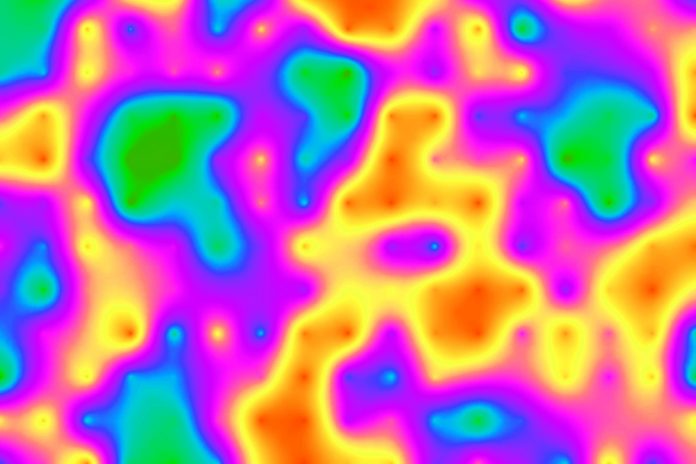Do you know what the pain points are on your website? Probably not, because if not then you’d have solved them by now. Pain points are the subconscious biases that cause people to leave your website without completing a booking. An invisible pain point might be a call to action (CTA) that’s unclear, or even something like a banner being on the right of a page instead of the left.
In the past we’ve had to rely on guesswork to establish what these issues are, but now, with heat mapping, it is usually much clearer. Heat maps can work in a few different ways. Their most common usage tends to be the tracking of the movement of a mouse across your webpage. This reflects where your visitors have clicked, or how far a user has scrolled down a page. There are other ways that heat maps can be used, with different professionals having differing opinions on which may be the most suitable. However, this tactic is the most commonly used.
Google Analytics is a tool that is readily used by hotels for research that will enable them to increase bookings. The problem, though, is most hoteliers will often rely on just Google Analytics, surveys and questionnaires. These are all great tools: they tell you about how visitors behave on your site and give you valuable insight. However, they don’t illustrate visitor activity the way heat maps can. The main thing that you can learn from a heat map is where on your web page visitors are focusing their attention. In addition, they show you whether or not people are scrolling all the way down and consuming your content, as well as the exact links, words or buttons people click on a given page and the most popular portions of your web page. In this respect, they are powerful tools for highlighting hard-to-spot pain points, reducing friction and boosting hotel website usability.
You might be wondering how this can help you in practical terms. Well, one of the biggest opportunities is helping you to capture last-minute bookings. According to research by the travel marketing firm Sojern, those last-minute bookings are key for nearly every hotel. In fact, same-day bookings accounted for 29 per cent of hotel bookings in the fourth quarter in 2013. According to Statisticbrain, out of 148.3 million bookings, 65 per cent of them are made using a mobile device. When someone is in a rush, distracted or making decisions at a rapid pace – the way many people are when they’re making a last-minute booking – visuals influence buying behaviour more than consumer preferences. The more rushed or distracted the individual, the greater the impact of visuals, according to a neuroscience study by Caltech. With this in mind, how you can make information easier to spot for rushed visitors? What information do you want to make the most prominent? What will help them make a decision quickly? One idea could be to use contrasting colours or visual cues to draw attention to a specific area of content or a CTA.
By studying heat maps, you can understand where your customers are focusing their attention and then optimise your web pages to accommodate those last-minute bookings. You’ll be able to see where on the page is drawing the most customer attention and where focus is being lost. Obviously, it’s not just for last-minute bookings that heat maps can be useful. As you can imagine, heat maps are useful across a whole spectrum of conversion optimisation activities. A common question when it comes to understanding conversion pertains to whether or not people are scrolling all the way down a web page.
Heat map research by ClickTale of more than 80,000 page views from thousands of websites shows that people scroll, but their attention spans are lost when they do this. Visitor attention peaks at both the top and the bottom of the page, but decreases substantially as they are scrolling. As such, you’ll want to structure your content accordingly. Think about what your guests’ primary concerns will be when they visit your website. How does the information at the top of your web page address that? How can you make this content compelling enough that they will then scroll down the page? Clear CTAs that are positioned well can make all the difference.
In addition, did you know that people pay significantly more attention to the left-hand side of a web page? In a heat map case study by DennisPublisher.com, switching a Google ad from the right side of the page to the left boosted click-through rates by 74.5 per cent and revenue by 48 per cent. You just can’t argue with those results, can you? Try moving important elements like links, copy or CTAs to the left side of the page and gauge the impact it has on your site.
So before you start making changes because it’s what you think people might like, look at heat maps of your website and use that to optimise the web pages. It may seem simple, but it really can make all the difference.







